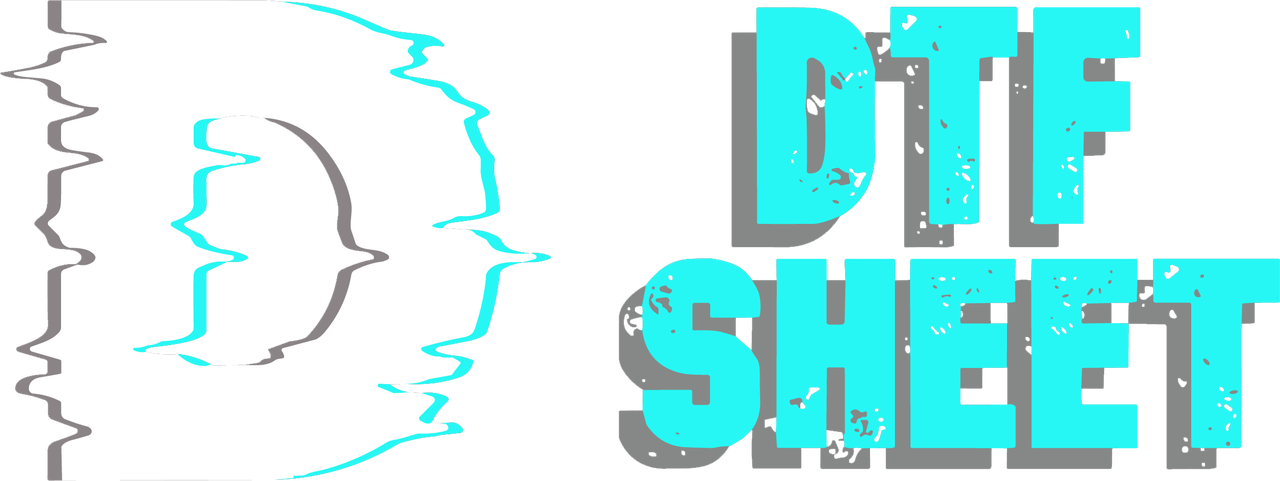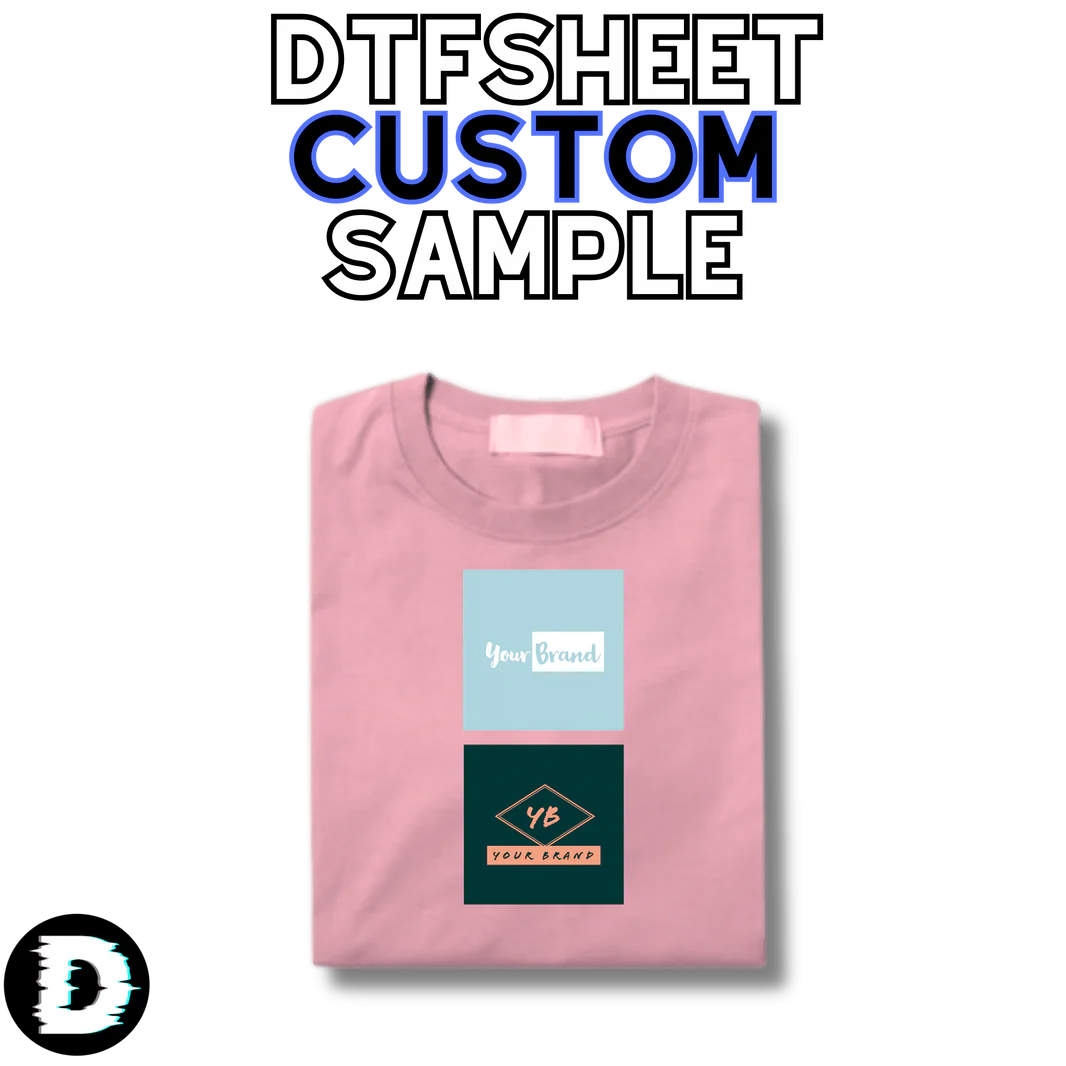DTF printing technologies continue to spread further around the world. The innovations brought by this technology affect many industries. With this technology, the printing industry has transitioned into a new era. In addition to durability and high resolution, it has brought a new perspective to printing technologies.
Providing less costly and more flexible solutions than traditional methods, DTF printing has rapidly become popular. DTF transfer technology has brought many innovations. These innovations contribute greatly to the printing industry.
In addition to higher quality and faster production, it is also a very cost-effective technology. It easily meets all needs regardless of large or small business. In addition, its cost is quite low compared to other printing techniques.
Innovations in DTF printing techniques have led to revolutionary changes in the textile industry. This technique, which offers higher quality, faster production, cost advantage and environmentally friendly solutions, seems to remain important in the future. DTF printing, which offers new opportunities for textile manufacturers and designers, is an example of the power of innovation and technology.
Innovations Brought by DTF Printing Technology
DTF printing machines used in the custom heat transfer method are equipped with advanced technologies that can produce high-resolution prints. These machines perfectly convey fine details and vivid colors. In addition, printing speeds were increased, enabling more production in a shorter time
The inks used in custom DTF transfer technology are formulated to be more durable and flexible. These inks are resistant to high heat and humidity. This ensures that the prints last longer. Environmentally friendly water-based inks have also been developed, offering a more sustainable production process.
Films used in DTF technology have high durability. Moreover, they transfer the ink on them to the fabric more easily. Since these films are resistant to high temperatures, they help the ink adhere to the fabric without melting or dispersing. Thus, the ink transferred to the fabric lasts for much longer periods of time. No matter how many times the fabric is washed, the quality of the print remains as it was on the first day.
Some processes, which are important steps in DTF printing, have been made more efficient with automatic systems. These systems ensure that the powder is evenly distributed and cured at high temperatures after printing. In this way, the durability and quality of the print is increased.
DTF Printing Innovations on Design Industry
DTF printing technology has many advantages in the field of design. Especially thanks to some software, designs are designed with much higher quality. New software developed for print design and color management makes users' jobs easier. While these software optimize the printing process, they also increase color accuracy and print quality. In addition, thanks to cloud-based solutions, remote access and management opportunities are also offered.
This printing technology can be used in a wide range of applications, from small-scale production to large-scale mass production. It offers an ideal solution especially for personalized products and small-scale prints. This flexibility allows textile manufacturers to respond to customer demands more quickly and effectively. The innovations provided by this printing technique also offer significant advantages in terms of environmental sustainability. The use of water-based inks, energy-saving machines and processes that produce less waste allow for environmentally friendly production.
With the development of DTF printing technology, its application areas have also expanded. It is used in various sectors such as sportswear, fashion, home textiles and promotional products. Additionally, DTF printing can be applied to different types of fabric, allowing designers and manufacturers to increase their creativity. By using the heat press method, designs become much more permanent. Thus, the preferability of DTF printing systems is increasing.



























